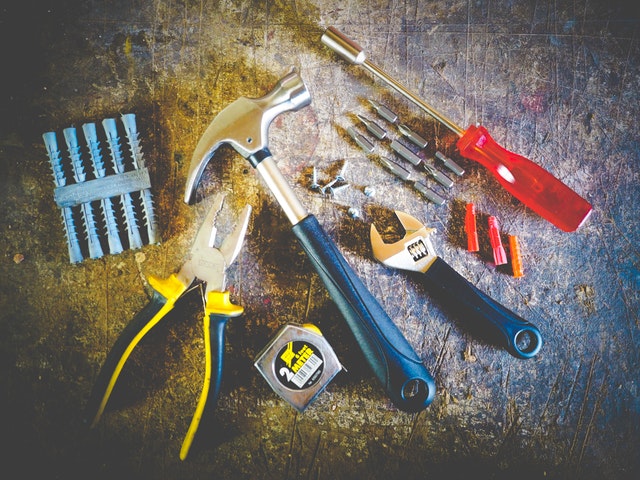
People who live in old buildings know how difficult it can be to maintain them. It is important to address and repair faults as soon as they make themselves known – or you could be looking at extensive damage to your property and huge repair bills.
Though most damage to your property quickly makes itself visible with no complications, many other problems usually go unnoticed until they have wreaked considerable havoc unless you know what signs to expect and look for. A slab leak in the foundation of your house can be one such problem that may be difficult to spot.
What is a slab leak?
In the plumbing world, a slab leak is described as a leak in the copper pipes below the foundation of your building. When these same underground leaks happen above the ground – for example in a wall or the roof, they are referred to as pinhole leaks. Though a pinhole leak makes its presence known early on, slab leaks can be more challenging to detect and hence can cause greater damage.
Household leaks are serious!
Household leaks are more common than one might think. According to the Environmental Protection Agency, 10% of the homes in the USA have leaks that can waste up to 90 gallons or even more water each day. A leak as small as only one-eighth of an inch can leak as much as 250 gallons of water every day. This translates to household leaks being responsible for wasting about 1 trillion gallons of precious water every year worldwide!
What can cause a slab leak?
A multitude of factors can cause the water pipes underneath your house to break open and leak. The reasons behind a slab leak may include the following:
- Wrong installation of pipes
- Poor quality or damaged pipes
- Frequent earthquakes in your area
- The foundation of your house settling
- The pipes underneath your home rubbing against soil, concrete or other pipes
- Less room for your pipes to expand
- The passing of time since the pipes were first installed
What can you do if you have detected a slab leak?
So, let’s say you suspect a slab leak in the water pipelines underneath your house. After consulting a slab leak detector service provider, you have confirmed its presence as well. What is the next step you should take to minimize the damages incurred and fix the problem as soon as it can be done? Let us consider some quick steps you could take in order to cut down on your losses as well as the headache a slab leak can prove to be.
Get professional help
The best way to go in this case is to consult a professional at slab leak repair services and identify in which part of the house the problem lies. Getting professional help ensures that you do not make the problem worse in trying to fix it. An expert will know what he is doing and this minimizes the risk of causing further damage to the surrounding structures. There are multiple ways to approach a slab leak problem. Some of these are more complicated and invasive than the others and the one you should take depends on various factors – namely the location of the leak, your preferences, and the plumber’s specialty. A good plumbing and slab leak repair service can consider all the variables involved and advise you on which course of action to take once the leak has been identified and localized.
Get in touch with your insurance if there has been damage
A slab leak is likely to cost a huge amount in damages, but if you have an insurance, you are lucky! Though not all types of home insurances will cover the damages your home suffered in a slab leak, it is worth a try. Contact your insurance provider and explain the situation to them. Read through your insurance policy thoroughly, identify any clauses that may help you, and ask your insurance agent about them.
Decide on which approach you want to take
After consulting an expert plumber and educating yourself on the problem, you will be required to decide on the method you want to adopt to fix your problem. Here, one of three approaches can be taken; you can cut open the foundation and fix the pipe below, replace the entire pipeline if the problem arose due to old, corroded pipes, or coat the pipes from within to make them stronger.
Keep your eyes open for any other problems
Like the saying goes; a stitch in time saves nine. To save yourself your precious money, time, and effort, you should fix your problems as soon as they arise. However, this requires you to be super vigilant and always be on the lookout for signs and symptoms that may hint at some damage. Keep your eyes open for any indicators such as pooling of water, growth of mold and mildew, hot and damp areas of your flooring, and an unusually high water bill to catch the problem sooner rather than later.














